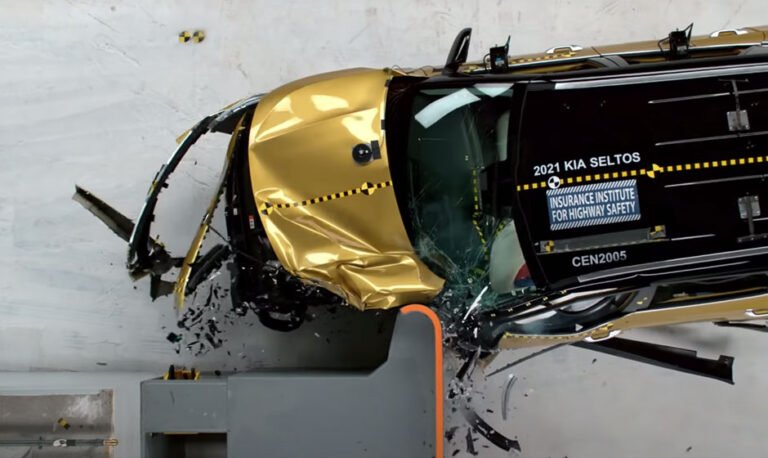With so many different car models out there, buying a car can seem really complicated. It’s like trying to walk through a field full of hidden dangers. But when it comes to something as important as buying a car, safety should be the most important thing to consider. Luckily, there are crash test ratings that can help us understand how safe a car is in a crash. But how do we understand these ratings, and what are their limitations?
Understanding Crash Test Ratings
There are two main organizations that do crash test ratings: the National Highway Traffic Safety Administration (NHTSA) and the Insurance Institute for Highway Safety (IIHS). Both of them have strict testing methods, but they focus on slightly different things.
NHTSA’s 5-Star Rating System
The National Highway Traffic Safety Administration (NHTSA) uses a 5-Star Rating System that’s easy to understand. Each star represents how well a car protects its occupants in different types of crashes: frontal, side, and rollover. More stars mean better protection. But it’s important to know that this system doesn’t cover everything about how safe a car is. For example, it doesn’t look at how safe pedestrians or cyclists are around the car.
IIHS Ratings
On the other hand, the Insurance Institute for Highway Safety (IIHS) takes a more detailed approach. Their ratings range from “Good” to “Poor,” offering a more precise assessment of how well a car performs in different crash situations. Their tests go beyond what the NHTSA does, including tough small overlap frontal crashes and looking at how well headlights work – things that are often ignored in other tests. The IIHS also pays special attention to technologies that can help avoid crashes, like automatic emergency braking, which is really important for preventing accidents.
Factors Outside of Ratings
But it’s important to know that crash test ratings, while helpful, don’t tell you everything about how safe a car is. Here’s why:
- How you drive is crucial: No matter how good a car’s ratings are, safe driving is the most important thing. Just like the car accident lawyers of Green Law Firm said, other factors like speeding, not paying attention while driving, and driving after drinking alcohol can be more dangerous than any safety features in the car.
- The size and weight of the car matter: Physics is really important in crashes. A bigger, heavier car usually protects you better in a crash than a smaller, lighter one.
- Seat belts are really important: Always wear your seat belt! No rating system can make up for not wearing one.
- Safety features are important: Look at what safety features a car has, not just the overall rating. Things like lane departure warning, blind spot monitoring, and adaptive cruise control can help you stay safe.
So, how can you understand all this information and make a good choice? Here are some tips:
- Look at both NHTSA and IIHS ratings: Think about what each rating system is good at and where it might not give you all the information you need.
- Don’t just look at the overall rating: Look at the details of the tests and what safety features the car has.
- Research different car models: Compare ratings and features for cars that fit your budget and the type of car you want.
- Check other sources: Websites like NHTSA SaferCar.gov, the IIHS website, and Consumer Reports have a lot of helpful information and advice.
In the end, while crash test ratings offer important guidance, they shouldn’t be the only thing you consider when buying a car. Think of them as important pieces of information to consider along with other factors like how you drive, doing thorough research, and understanding what you need and want in a car.
Remember, the safest car is one that helps you avoid accidents and protects you and your loved ones if one does happen. So, always wear your seat belt, stay informed about car safety, and choose a car that fits your budget and lifestyle while also prioritizing safety for you and everyone else on the road.
By being proactive about car safety, we can turn those test ratings from just numbers on a screen into real protection on the road, making sure everyone has a safer journey.


